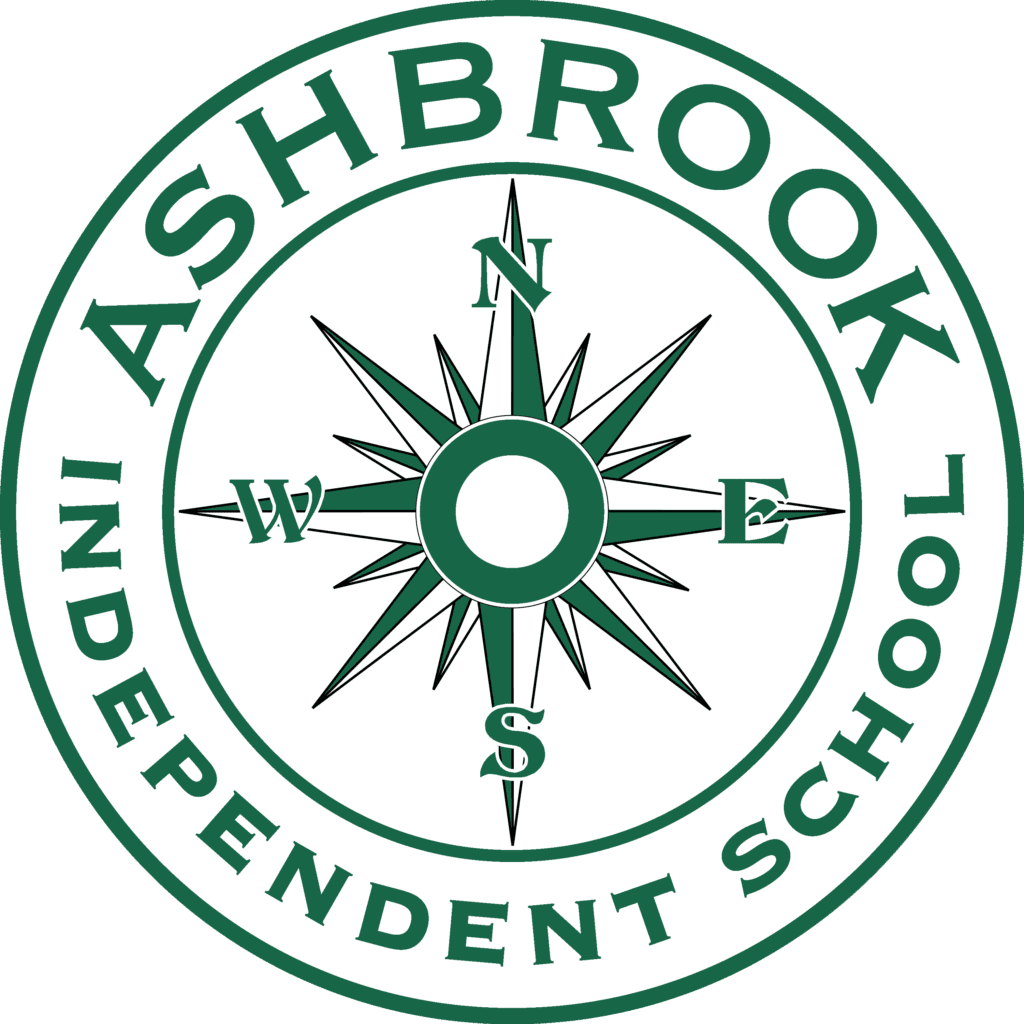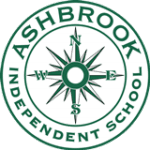“At Ashbrook School, we define Critical Thinking or Higher Order Thinking skills as a student’s ability to independently and objectively analyze and evaluate information, being able to spot fallacies, bias, and spurious information designed to distract from fact, and to form a reasoned and sound judgment of their own.”
–David Gore, Ashbrook Founder

